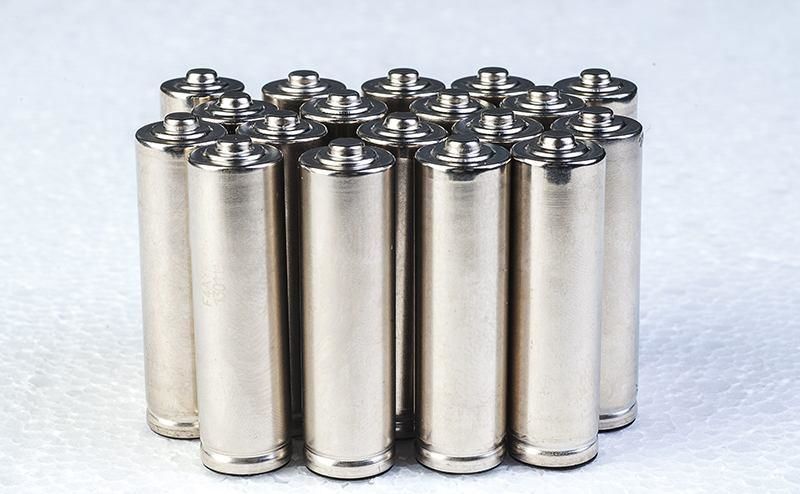New lithium-air battery survives hundreds of cycles
EnergyWire 2018-03-22

Batteries supply electrons by undergoing reversible chemical reactions. That has meant that all the reactants have to be inside the battery, which adds to its weight and volume. Lithium-air batteries could potentially change that. At one electrode, they have pure lithium metal, rather than a lithium-containing chemical. At the other, the lithium reacts with oxygen in the air. When the battery is charged, this reaction is reversed, and the oxygen is returned to our atmosphere.
With far fewer chemicals permanently inside the battery, it's possible to achieve a much higher energy density—there have been demonstrations of lithium-air batteries with an energy density five times that of current lithium-ion tech. The only drawback? They have a lifespan of about a month, in part because both oxygen and metallic lithium are pretty reactive and in part because air offers a lot of things other than oxygen that can react.
Now, a team of researchers has figured out a way to protect against many of these reactions and showed that the resulting battery can survive hundreds of charge/discharge cycles in an air-like atmosphere. Which probably means the researchers are ready to figure out what goes wrong when this material meets actual air. The hope is that will be an easier issue to solve.